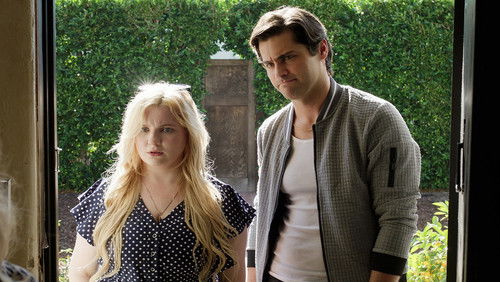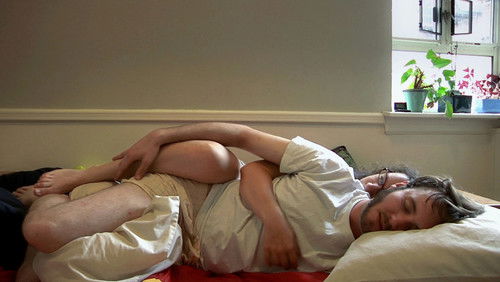Wenn das Weib erwacht (1954)
8KWenn das Weib erwacht: Directed by Egil Holmsen. With Barbro Larsson, Margaretha Löwler, George Fant, Birger Malmsten. The young beautiful sisters Lilly and Ragni are motherless. They live with their father, a horse dealer. During a horseback ride, Lilly and Ragni come to a pond of water lilies. They undress and swim naked. A local watches them play.
“You know the scene in all of those TV sitcoms and low-brow comedies of the 50u0026#39;s and 60u0026#39;s where one guy says something to another guy about going to see u0026#39;one of them foreign moviesu0026#39; wink, wink, nudge, nudge? Well, the winking and nudging probably wasnu0026#39;t over Gunnar Bjönstrand playing chess with death.u003cbr/u003eu003cbr/u003eScreened at one of the u0026#39;Archive Nightsu0026#39; at this yearu0026#39;s ImageOut: The Rochester Lesbian u0026amp; Gay Film Festival, Time of Desire is the Swedish equivalent of something like A Summer Place- sex, a little comedy, and a lot of melodrama. The story concerns two sisters who live an idyllic life in the countryside, riding horses and frolicking in the forest. Theyu0026#39;re close. Very close. Wink, wink, nudge, nudge. Their relationship is disrupted when the younger sister falls in love with a man who arrives in their village on business, leaving the older sister emotionally distraught. Comic relief is provided by the lusty escapades of the girlsu0026#39; widowed father and the various household servants. u003cbr/u003eu003cbr/u003eContent-wise, the film isnu0026#39;t as far removed from American melodramas of the time as one might think: Troy Donohue, Sandra Dee and Lana Turner were starring in stories almost as racy in Hollywood. The movie is slower than its American cousins- in general, European films of the period had lots of footage of peasants frolicking in the countryside, demonstrating how happy and free they were. Lesbian incest aside, the movie does have a distinctively European attitude towards sex (or at least what Americans in 1954 thought of as a u0026#39;distinctly European attitudeu0026#39;), presenting it as something that is both good and fun. And the film does have a genuinely startling third act twist- in the 1950u0026#39;s, there were two options for gay characters on film- either repent and go straight, or commit suicide; this film happily (or creepily, depending on how literally you take the story) finds a third option. u003cbr/u003eu003cbr/u003eTime of Desire had its U.S. premiere in 1958, and reportedly received fairly good reviews. It then disappeared for nearly 5 decades, before a festival programmer tracked down the last existing complete print in a European archive. This sort of find is always exciting and worthy of celebration- however, while I heartily maintain all films are worthy of preservation, not all films are worthy of veneration; and just because something is Swedish, black and white, and hasnu0026#39;t been seen in 50 years doesnu0026#39;t mean itu0026#39;s a work of art. Time of Desire is an interesting curio, but itu0026#39;s asking too much of its serviceable plot and production to be a great cinematic discovery. Originally released with the tag line u0026#39;The Film that Shocked Three Continents!u0026#39;, 50 years later it can best be described as u0026#39;mildly titillating three continents, before gently lulling them to sleep.u0026#39;”









